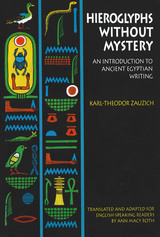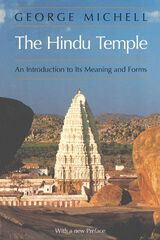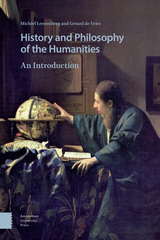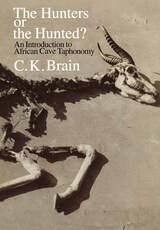11 start with H start with H


The primary focus of Marx's book is on the account. Hegel gives of the phenomenological journey from natural consciousness to philosophical wisdom (or absolute knowledge, as Hegel calls it). In showing that Hegel's many statements concerning consciousness 'finding itself' or 'knowing itself' in its world can be understood as discovering the rationality of the conditioning world, Marx offers a solution to several sets of interrelated problems that have troubled students of Hegel. His book contains valuable analyses of the relation between Hegel's thought and that of Descartes and Kant as well as that of Karl Marx, and it also sheds considerable light on the question of the internal unity or coherence of the Phenomenology.

Marveling over the tomb treasures of Ramses II and Tutankhamen that have toured U.S. and European museums in recent years, visitors inevitably wonder what the mysterious hieroglyphs that cover their surfaces mean. Indeed, everyone who is fascinated by ancient Egypt sooner or later wishes for a Rosetta stone to unlock the secrets of hieroglyphic writing.
Hieroglyphs without Mystery provides the needed key. Written for ordinary people with no special language skills, the book quickly demonstrates that hieroglyphic writing can be read, once a few simple principles are understood. Zauzich explains the basic rules of the writing system and the grammar and then applies them to thirteen actual inscriptions taken from objects in European and Egyptian museums. By following his explanations and learning the most commonly used glyphs, readers can begin to decode hieroglyphs themselves and increase their enjoyment of both museum objects and ancient Egyptian sites.
Even for the armchair traveler, learning about hieroglyphs opens a sealed door into ancient Egyptian culture. In examining these inscriptions, readers will gain a better understanding of Egyptian art, politics, and religion, as well as language.
This book was originally published in Germany in 1980 as Hieroglyphen ohne Geheimnis.

Michell's discussion of the meaning and forms of the temple in Hindu society encompasses the awe-inspiring rock-cut temples at Ellora and Elephanta, the soaring superstructures and extraordinary sexual exhibitionism of the sculptures at Khajuraho, and the colossal mortuary temple of Angkor Vat, as well as the tiny iconic shrines that many Hindus wear around their necks and the simple shrines found under trees or near ponds.

Though biogeography may be simply defined--the study of the geographic distributions of organisms--the subject itself is extraordinarily complex, involving a range of scientific disciplines and a bewildering diversity of approaches. For convenience, biogeographers have recognized two research traditions: ecological biogeography and historical biogeography.
This book makes sense of the profound revolution that historical biogeography has undergone in the last two decades, and of the resulting confusion over its foundations, basic concepts, methods, and relationships to other disciplines of comparative biology. Using case studies, the authors explain and illustrate the fundamentals and the most frequently used methods of this discipline. They show the reader how to tell when a historical biogeographic approach is called for, how to decide what kind of data to collect, how to choose the best method for the problem at hand, how to perform the necessary calculations, how to choose and apply a computer program, and how to interpret results.






READERS
Browse our collection.
PUBLISHERS
See BiblioVault's publisher services.
STUDENT SERVICES
Files for college accessibility offices.
UChicago Accessibility Resources
home | accessibility | search | about | contact us
BiblioVault ® 2001 - 2024
The University of Chicago Press









